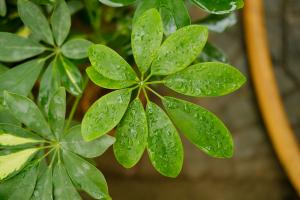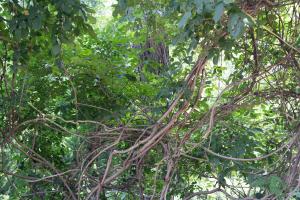1、 Curing method
1. Temperature: Fritillaria likes to be warm. The temperature range suitable for its growth is relatively large. It is between 15 and 30 degrees, which is more conducive to its growth. However, too hot environment is unfavorable to its growth. It can't be higher than 35 degrees. In addition, it also needs to be adjusted during the overwintering period, not less than five degrees

2. Light: Fritillaria is Yin loving. It is very afraid of exposure. Generally speaking, if it is exposed to the sun for a day or two, its leaves will become scorched. Therefore, when there is strong light, it is better to put it in a semi cloudy place. However, if it is placed indoors, it is more appropriate

3. Watering: because Fritillaria is a fleshy root, its waterlogging resistance is very poor. During normal maintenance, be sure not to accumulate water. When growing vigorously, it can be watered thoroughly, but when there is ponding, it must be discharged

4. Fertilization: the demand for fertilizer of Fritillaria is relatively large. In addition to the base fertilizer in the basin, the foliar fertilizer needs to be applied once in about ten days

2、 Breeding skills
1. Reproduction: ramet method can be used. It can be carried out in spring and autumn. For a strong plant, it can be divided once every three years. When separated, each clump must have at least five pseudobulbs on it in order to survive. After the basin is put on, it needs to be watered thoroughly, and then placed in a cool place. After about ten to fifteen days, they can slowly adapt to the environment, and then they can be cured normally

2. Change basin: try to change it once a year. The main requirement for the soil of Fritillaria is drainage. Generally speaking, it is better to select rotten leaf soil, which can also be mixed with base fertilizer, coarse sand and other materials. When removing the pot, be careful not to damage the healthy roots of the plant

3、 Problem diagnosis and treatment
1. Disease: a common disease is called "white silk disease", which occurs more in Meiyu period. Lime can be used to prevent and control, and more ventilation and light transmission are needed at the same time. There is also "anthrax", which can be used in Bordeaux once every half a month

2. Insect pests: the main one is "blue lice". If the quantity is small, it can be directly brushed manually, and if the quantity is large, it needs to be sprayed

4、 Other issues
1. Toxicity: it is non-toxic and harmless

2. Whether it can be raised at home: its ornamental is quite good, so it is very suitable to put it at home< a>


 how many times do yo...
how many times do yo... how many planted tre...
how many planted tre... how many pine trees ...
how many pine trees ... how many pecan trees...
how many pecan trees... how many plants comp...
how many plants comp... how many plants can ...
how many plants can ... how many plants and ...
how many plants and ... how many pepper plan...
how many pepper plan...





























